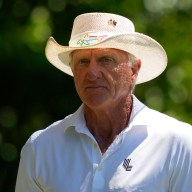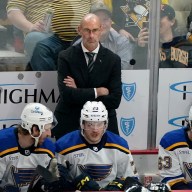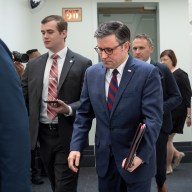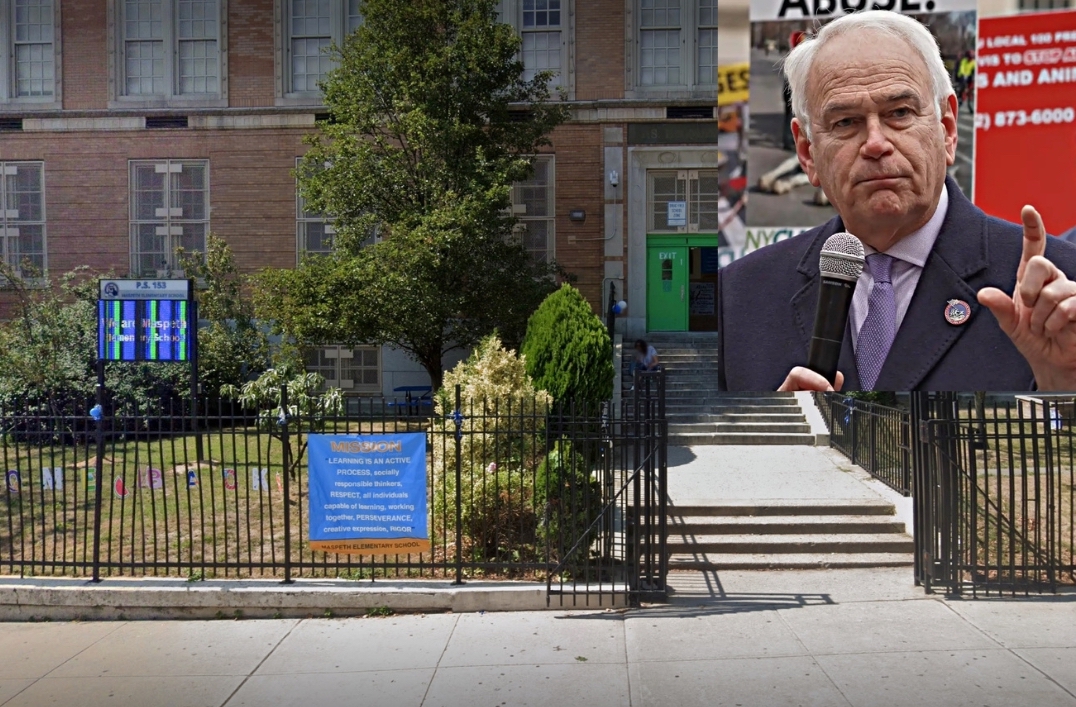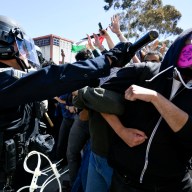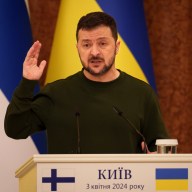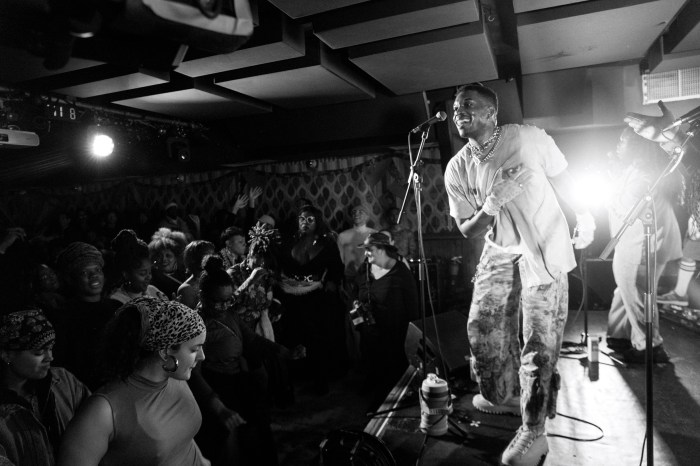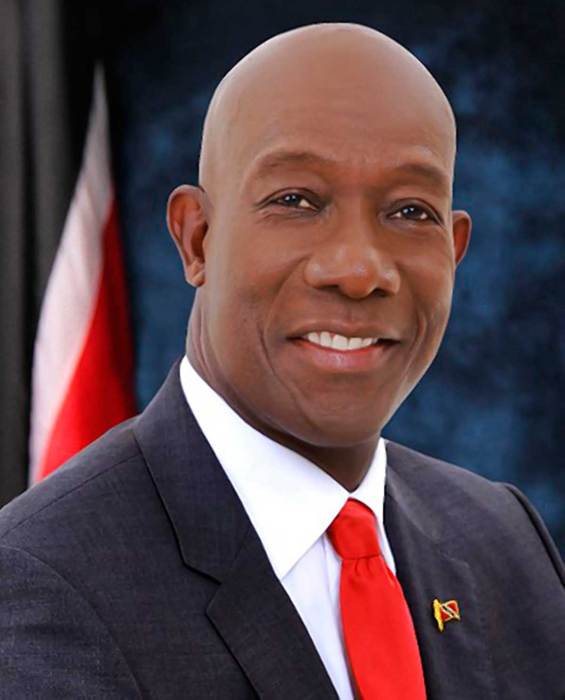Once a year, Gunnar Lahne, an East German engineer, gets together with a group of friends. This fall they’ll meet again, but with a trace of sadness. Not because they miss East Germany, but because they witnessed its collapse as conscripts holed up in army barracks.
“Of course we complained about the military service,” explains Lahne, who joined the army as a 19-year-old conscript in 1987. “We were basically locked in.”
Young men who wanted to go to university had to demonstrate worthiness by completing three years of military service.
“We had training until 5 p.m., and then we spent the evening playing cards and making music together,” says Lahne. “Looking back, I did my military service for nothing. But because we had to spend every evening together, we soldiers became very close friends.”
Another part of the barracks housed construction soldiers — men who were planning to study theology. The regime made good use of the future pastors, dispatching them to build roads and factories. “There were huge tensions between the officers and us,” says Sebastian Schurig, who served in a pipelayer brigade in the late 1980s. “They always scheduled exercises on Sundays so we couldn’t go to church.”
In 1989, the world anticipated a crackdown of East Germany’s demonstrations. “We knew we might be sent in to quell them,” explains Frank Dunker, whose military service began in 1988. “We had long discussions among ourselves about how we’d react if we were ordered to shoot at people.”
The conscripts in his brigade decided to refuse such an order. But instead, the army faded quietly.
“In 1990, the officers didn’t know what to do with us,” recalls Dunker. “And they were afraid that they were going to be put in front of a people’s tribunal.”
In early 1990, the soldiers in Dunker’s brigade were released. Now, 20 years later, they still share a kinship.
Redder than red
The Nationale Volksarmee (National People’s Army) supported other Communist regimes, helping suppress the 1968 Prague Spring and sending military advisors to Africa. But at home, the NVA had a bigger brother: the Red Army. Some 350,000 Soviet soldiers — with 8,000 tanks, 4,000 panzers and over 1,200 helicopters and jets — were permanently stationed in the GDR. It was considered a plum assignment. When East Germany collapsed, the Red Army refused to leave.
Soviet troops were idle in Germany until they finally returned to Russia in 1994.
Keeping jets, not generals
With its 180,000 troops and superior equipment, East Germany’s National People’s Army was one of the Warsaw Pact’s most formidable military forces. After German reunification, most of the equipment was sold to other countries or discarded. But the West German military kept some of the GDR’s very best equipment; for example, the Soviet MiG 29 fighter planes.
According to the West German Army’s own figures, it took on 51,000 East German officers of the NVA on Oct. 3, 1990. But none of the generals were accepted into the Bundeswehr.



